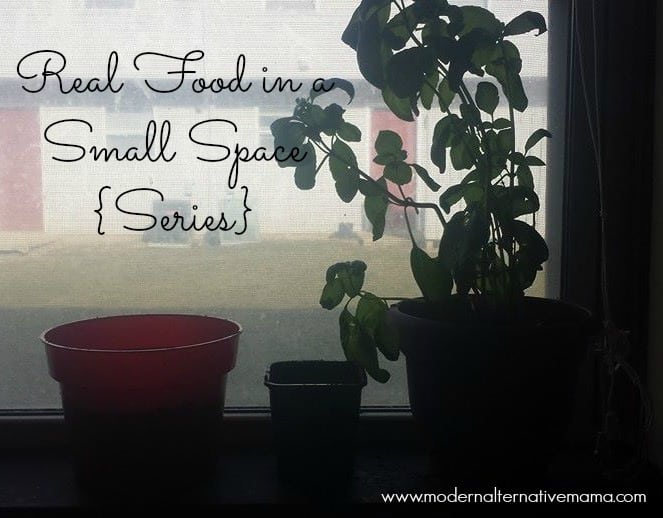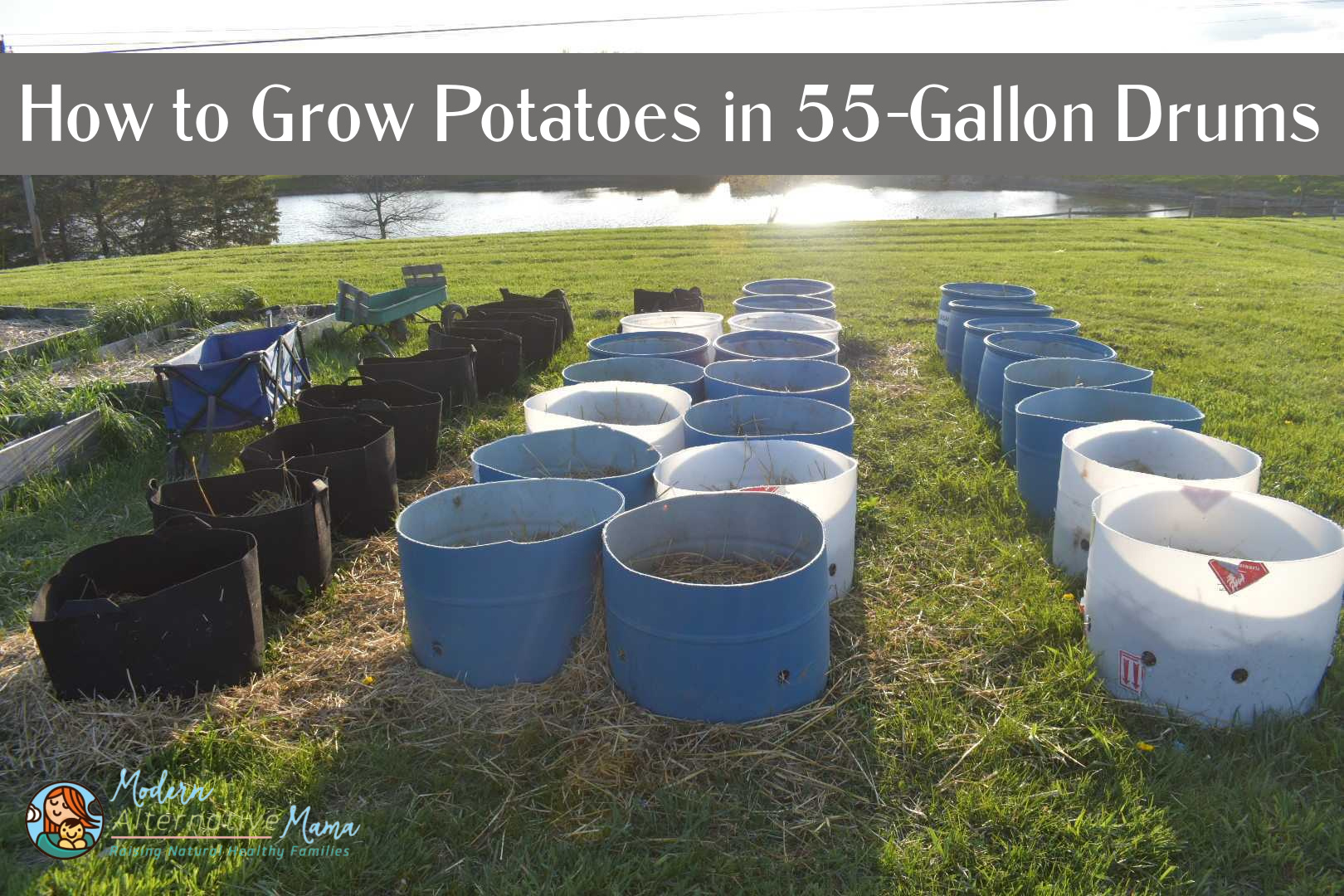Growing up, my dad had a nice little garden on one side of the house. This garden got nearly all-day sun, and we regularly grew tomatoes, peppers, and other things in this space. Anything we put there, thrived, due to the sunlight and (semi) regular care.
I miss that, now. In my townhome, I have very limited outdoor space, and what I do have doesn’t really get much sun. In fact, our postage-stamp-sized patio has a partial fence around it and gets basically no direct sunlight during the day. That severely limits what I can grow.
Of course, some people don’t even have that much space outdoors. Perhaps they only have a small balcony. Or nothing. But that doesn’t mean you can’t garden at all. In fact, you can garden, with some simple windowsill herbs.
Windowsill Herbs
You don’t need much space for these — if you have any windowsill, anywhere in your home, that gets some decent sun, then you can do this. It only has to be wide enough to fit a 3 – 4″ pot.
Why herbs?
Fresh herbs can really enhance real food dishes but tend to be very expensive to buy. Plus, some herbs can be used for teas or even medicinal uses. Growing your own is completely possible in a small space, and you’ll be able to get enough in a season to last for a few months — most likely. Plus, most herb plants are fairly small, so they’ll never need a lot of space.
In contrast, tomato plants (or other fruit/veggie plants) can get quite bushy or grow long vines and aren’t really suited to windowsill growing. Now, if you do have even a small patio or balcony that gets decent sun, some tomatoes, peppers, or any plant that doesn’t grow long vines is also very possible. Melons, pumpkins, and other similar plants that require a lot of space aren’t recommended when your space is very limited. (However, for some people in cities, there are community gardens where you can plant these items. That’s a great way to get locally involved and have fresh food!)
Herbs that you may choose to grow:
- Mint (peppermint, spearmint, chocolate mint, pineapple mint, ginger mint, catnip, lemon balm)
- Basil
- Oregano
- Thyme
- Rosemary (this one can be a bit tricky)
- Chives
- Tarragon
There are probably other varieties that you can pick up from your local nursery. I recommend buying whole plants rather than starting from seed, but you can do what you prefer.
How to Care for the Herbs
When you buy small plants, also purchase slightly larger pots to transplant them in — 6″ pots work well. (They are more like 3 – 4″ at the base and wider at the top.) This will give the plants plenty of room to spread out, without taking up too much space.
Water plants daily, or at least check the pots. If the dirt feels dry, it needs water. If it feels moist, it probably doesn’t. Smaller pots will need to be watered more often than larger pots.
When the herb plants get very large, snip off some to use in cooking. If you can’t use it all immediately, then snip off all of the large leaves or growth and lay it flat until dry. You can also gather it in a bunch and hang it to dry or put it into a dehydrator on the lowest setting (around 95 degrees). Once fully dry, crumble or chop into smaller bits and store in glass jars.
You will be able to “harvest” your herbs many times throughout the growing season (roughly six months for most herbs indoors). Depending on how much you use, this may provide most of the herbs that you use throughout the year!
This series will continue with new posts every 1 – 2 weeks until we’ve covered everyone’s questions. If you have any, please feel free to ask. Also, in a couple of weeks I’ll be sharing a week-long series all about how to lower your grocery budget. It’ll have been a couple months since I started my process and I’m down a good 40% and still working. I’ll share the nitty-gritty and I’ll be recommending an excellent resource you can use to get started with this process. You won’t want to miss that!
Do you grow herbs in a small space? What are your favorites?
SaveSave








Salad greens work well indoors too in a sunny spot; if you can get a head of Romaine it will root in water and can be planted once those roots are big enough. I did that and let it go to seed; I now have 4 12″ pots of Romaine sprouts on a windowsill and an envelope full of more seeds, all from a single head of Romaine lettuce that still fed my husband and I.